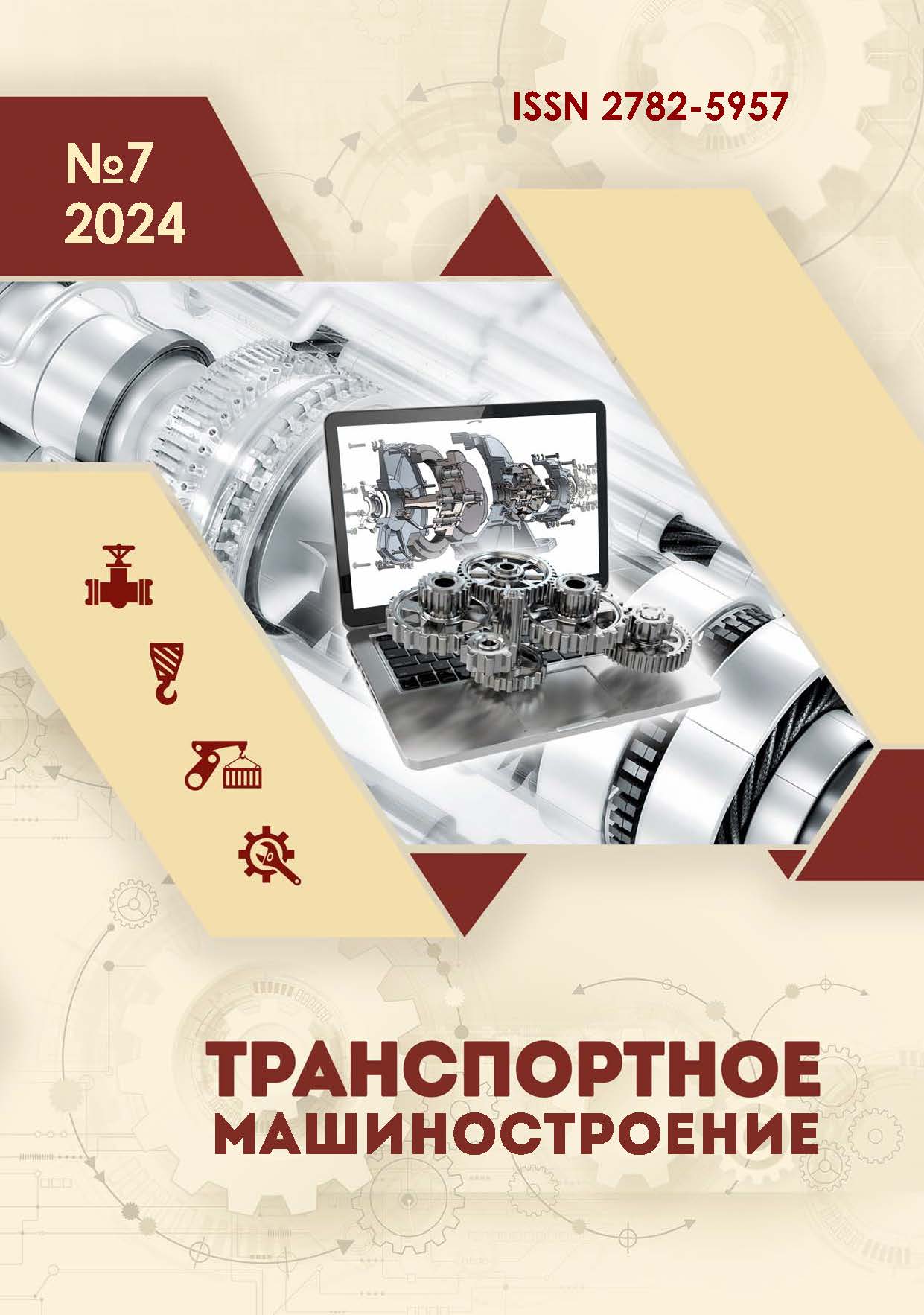Moscow, Moscow, Russian Federation
BBK 34 Технология металлов. Машиностроение. Приборостроение
The study objective of this paper is to determine the rules and influence of various factors on porosity, a specific qualitative indicator of the surface of metal ceramic parts. The main task is to find out the most favorable machining conditions when the porosity of the surface layer remains as high as possible. The research methods are of an experimental practical nature with a comparison and evaluation of the results obtained, in which machining features of porous metal ceramics and methods for improving the efficiency of surface shaping while maintaining the functional physical parameters of the part surfaces are considered. The modes and conditions of machining are noted with the relevant recommendations. As a result, recommendations for machining such materials are formulated, which allow minimizing the effect of pore tightening and reducing deformation phenomena in the material.
: metal ceramics, machining, surface, porosity, impact, roughness, quality
1. Inozemtsev VE. Use and machining of metal ceramics. World of Transport. 2010;4:44-48.
2. Poduraev VN. Cutting of hard-to-cut materials. Moscow: Visshaya Shkola; 1974.
3. Sychikova YaA, Kidalov VV, Sukach GA, Balan AS, Konovalenko AA. Effect of electrolyte concentration on the formation of the porous structure of indium phosphide. Textbook of KhNU. 2010;915(14):99-103.
4. Inozemtsev VE. Factors affecting the technological capabilities of metal ceramic sintered materials during blade finishing. Fundamental and Applied Problems of Technics and Technology. 2011;4/2(288):61-66.






